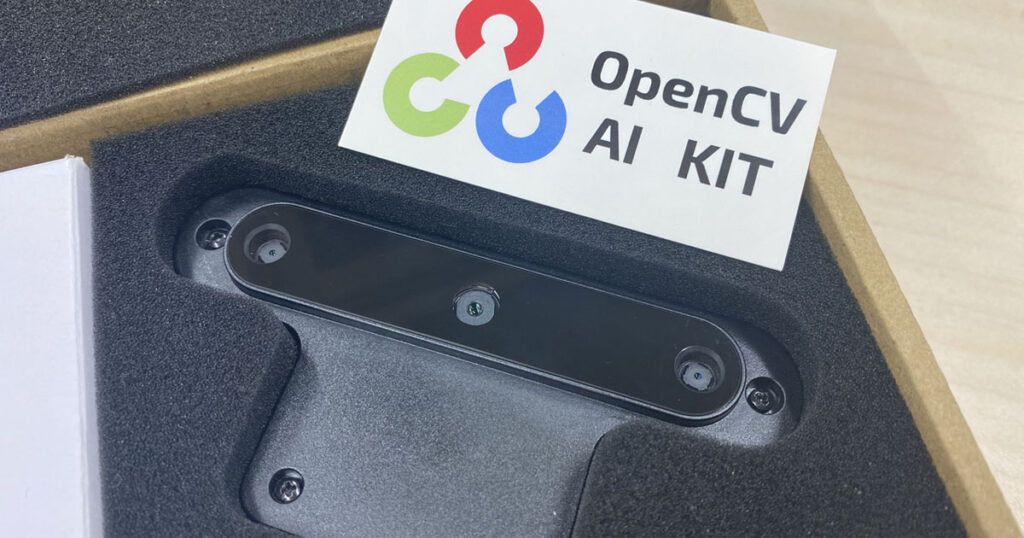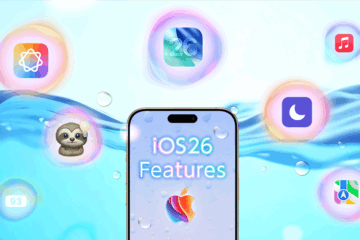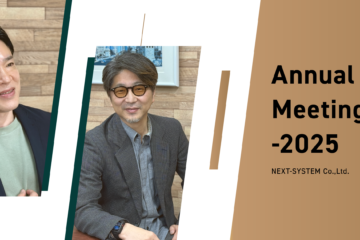
Howdy, everyone? I am back again with another blog post.
In this blog, I’m going to summarize my impressions about the OpenCV DepthAI camera (OAK-D), which is one of the hot topics in the AI world.
OpenCV DepthAI Camera (OAK-D)
OAK-D is an AI camera that connects via USB and can obtain depth and color images. It has two monochrome lenses on both ends and an RGB camera in the middle.
Normally, inference is done on the computer side, but remarkably, this product can perform inference directly on the camera itself. This means a high-performance GPU on the computer is unnecessary. It seems like it would be very useful in situations where you want to reduce power consumption and PC costs.
Impressions after trying it out
I tried running several sample source codes provided for OAK-D.
The sample source codes can be found here.
https://docs.luxonis.com/en/lat
Easy to operate in 30 secs
In general, setting up the environment to run machine learning samples is one of the difficult tasks. Depending on the situation, it can take one to two weeks, or even longer.
However, with OAK-D, it worked immediatly with just two commands as long as there’s a Python 3 environment.
The claim on the official website that it operates in 30 seconds is indeed true.
One of the representative samples displays the three-demensional coordinates of objects using depth and object detection via a stereo camera. It runs quite fast, at 20 FPS.
Is it strong in parallel operation of multiple types of inference?
The inference chip used in devices like the Neural Compute Stick 2 is the Myriad X.
Using OpenVINO for conversion is advantageous because it allows relatively easy conversion.
My impression from using Myriad X in the past is that it is powerful when running multiple inferences in parallel.
It may be useful for solving tasks by combining multiple models.
Stereo camera method for depth measurement
Depth measurement is done using a stereo camera method. Here are the advantages and disadvantages of the stereo camera system compared to the Time of Flight (ToF) method:
Advantages
- Usable under sunlight
- Can capture reflective objects such as hair
Disadvantages
- Cannot be used in dark environment.
- Not suitable for subjects without patterns
- Accuracy decreases with repetitive patterns
- Accuracy is inferior toTime of Flight (ToF) method
Additionally, another use of the stereo camera is to perform inference separately with the left and right cameras to obtain two-dimensional coordinates and then use triangulation to obtain three-dimensional coordinates.
Runs on Raspberry Pi and Jetson! Open source including hardware
It seems that the USB-connected camera does not support UVC (USB video class).
I tried running it on a Windows PC this time, but it seems to work on Raspberry Pi and Jetson as well.
Also, the fact that it’s open source, including the hardware, is really impressive.
Lastly
Being able to perform inference directly on the camera, thus eliminating the need for a high-performance GPU on the computer, is indeed groundbreaking, isn’t it? It makes it more accessible to the general user.
The product our company’s engineer purchased is a USB-connected device with a stereo camera. However, there are actually quite a few variations available. Apart from USB, there are options for WiFi, Bluetooth, wired LAN connection with power supply, and even Raspberry Pi integrated models. With various connection methods, it seems to offer a wide range of applications and could become the definite solution for loT (Internet of Things) using AI.
By the way, the one who bought this camera mentioned that he wanted to use it for gaming.
At NEXT-SYSTEM, we specialize in the development of cutting-edge technologies such as AI and XR (VR, AR, MR). We’ll propose the best implementation method tailored to your needs, so please free to consult with us.
▼ NEXT-SYSTEM’s Website

Stay connected with us on Twitter (X), Facebook, Website, Youtube, and Linkedin.
Table of Contents


